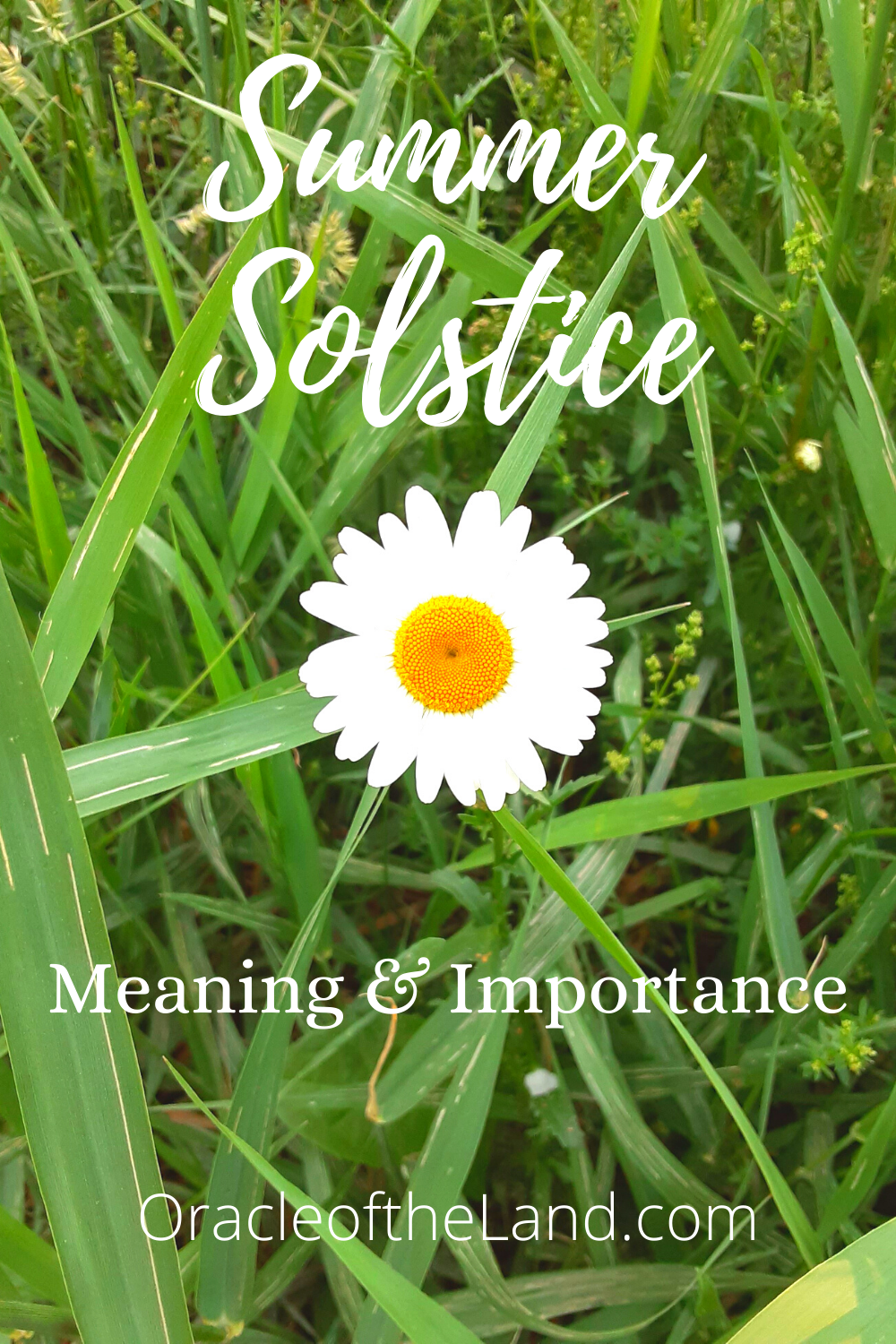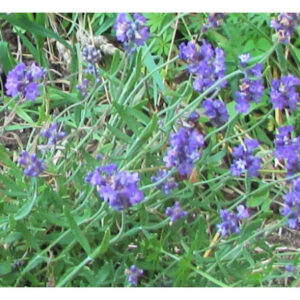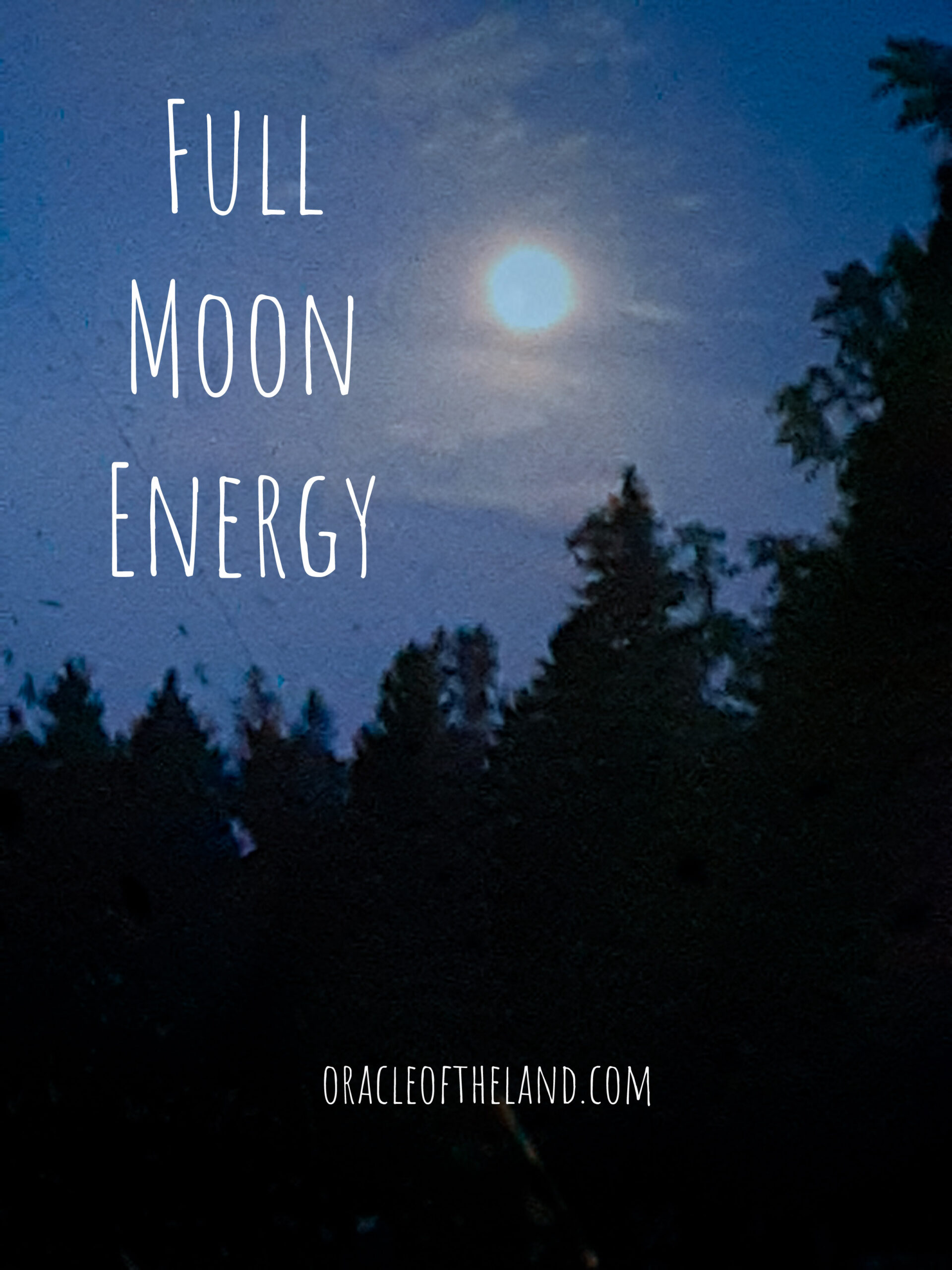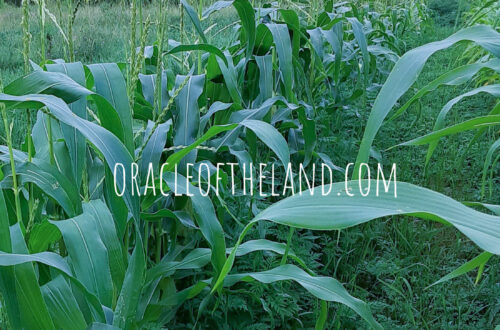
Summer Solstice
Summer Solstice is the longest day and shortest night of the calendar year. In the Northern Hemisphere it is around June 21st and in the Southern Hemisphere, it is around December 21st. The word solstice comes from the Latin word solstitium. Sol means sun and sistere means to stand still. So solstice means when the sun stands still. It only appears to stand still for a short time until the sun starts reversing its direction.
This day officially marks the beginning of summer.
To the ancients who lived by an agricultural society, summer was in fact well underway since the beginning of May at Beltaine when the livestock was put out in the summer fields and everything was cleansed of the long winter stuck inside. That is why this time is also referred to as Midsummer and Litha.

So why was the Summer Solstice celebrated?
To be honest, there really is no evidence that the solstices and equinoxes were celebrated by the Celts. But, as the ADF states, the lack of evidence does not mean that they didn’t (3). The sun was very important to them from the evidence and artifacts we have.
According to author, Rev. Robert (Skip) Ellison, in his book, The Solitary Druid: Walking the Path of Wisdom and Spirit, we have “indirect evidence” from the Roman writings who mentioned that the druids, “knew the way of the stars and moon” (Chapter 7).
Let’s think about it:
Since the solstice stood for the sun and our ancestors paid attention to life-giving power, it was only natural to have a celebration for the sun. The crops were already in and growing well and soon would be harvested. Why not raise the power by getting together with the community and have some fun and give thanks for all they had and will have at the harvest? Also, the sun had been staying out later and later and after this, the days would be getting shorter. So yes, they gave thanks for the sun that helped them grow crops and gave their livestock a break from the winter and a chance to thrive in the summer. The sun meant life and this was the fertile time. Thank you sun!!
Traditions:
Since this is a pagan holiday, there are many customs, traditions, and cultures celebrating midsummer. This was the time to gather/harvest the herbs which were incorporated into their traditions and customs.
In the Isle of Man, which is between Great Britain and Ireland, they gathered green meadow grass and through the grass over the cliff to the sea to pay Manannan Mac Lir his rent. He was the sea deity in Irish Mythology. The Isle of Man may or may not have been named after this deity or vise versa (Ellison: The Solitary Druid. Chapter 7). This might be the reason why they felt the need to pay him rent.
Another interesting tradition was rolling a burning “wheel” down a hill. This burning “wheel” symbolized the blazing sun and if the “wheel” stayed lit at the bottom of the hill, the harvest would be abundant (Ellison: The Solitary Druid. Chapter 7).
The summer solstice was the time to celebrate the sun and give thanks and offerings for an abundant harvest. The celebrations included customs that symbolized the sun, harvest, and deities of the occasion. There are many traditions/customs that are still carried on today and/or is being revived in the present day. This not only connects us with our ancestors but helps us remember and honor the sun, the earth mother, and deities of old that keep us rooted to the land and our culture.
Sources:
(1) http://blog.dictionary.com/summer-solstice/
(2) https://www.timeanddate.com/astronomy/facts-about-june-solstice.html
(3) https://www.adf.org/rituals/celtic/midsummer/wwtdd-summer-solstice.html
(4) Ellison, Rev. Robert (Skip) (2014) The Solitary Druid: Walking the Path of Wisdom and Spirit.
Photo Source: Michele O’Donnell
Subscribe to our email list below and never miss the latest news or exclusive offers.






